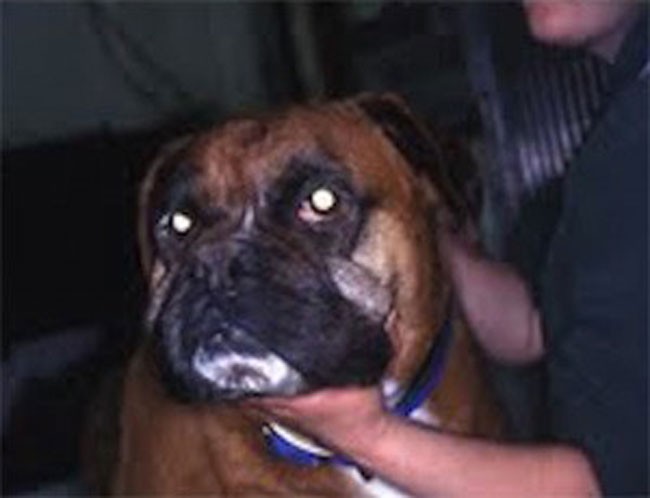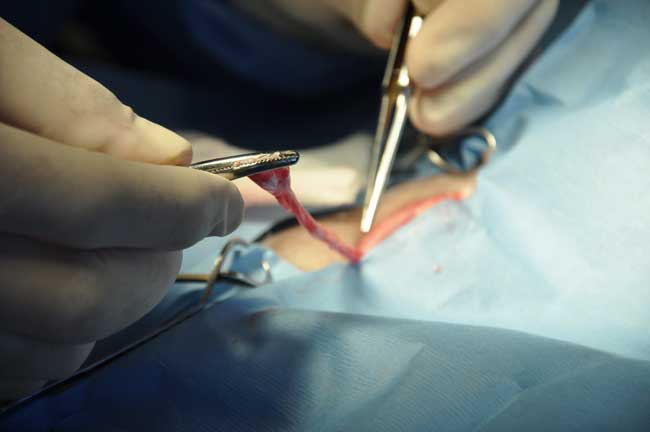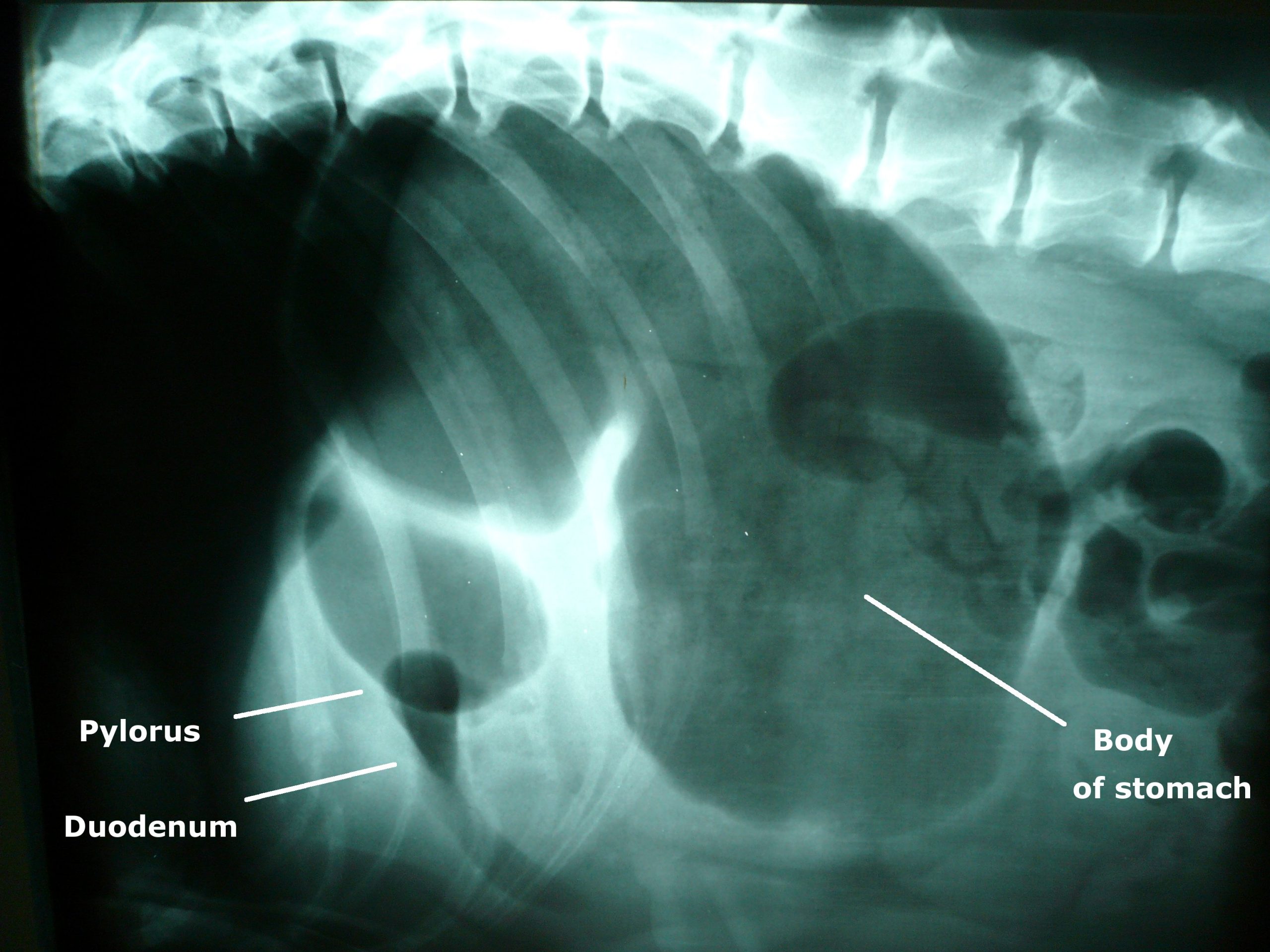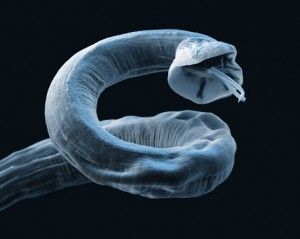Tag: dog
-

Don’t forget cytology and Malassezia dermatitis
—
by
Ever had one of those cases, which seem to typically occur around this time of year, that you think must be the start of an allergic dermatitis? These present with pruritus, erythema and sometimes a yellowish/grey, greasy feel to the skin and hair coat. The dog is already on a regular POM-V broad-spectrum antiparasiticide. Initial…
-
Check bile acid values in lethargic puppies
—
by
Have you ever had a puppy that just presents with lethargy, exercise intolerance and sleeps all the time? This is normal for my teenage daughters, but not so for a young Lhasa apso that presented to my surgery. Physical exam was unremarkable, but the dog was so sleepy we administered IV fluids to perk it up. Routine biochemistry…
-

Reduced defecation in dogs post-surgery
—
by
Many dogs will not pass faeces for the first four to five days after surgery. Reasons include, but are not limited to: The dog has been fasted prior to surgery. Dogs do not eat well during the hospital stay. They frequently do not eat well when they go home, as they are still recovering fully from anaesthesia.…
-
Chocolate poisoning in dogs
—
by
Chocolate is digested much more slowly by dogs than people. Therefore symptoms may not appear for many hours after the chocolate is eaten. Do not be fooled by this into thinking that everything is okay. The earlier chocolate poisoning is treated the more likely you are to save the dog’s life. No antidote In addition,…
-

Myxoedema
—
by
Myxoedema most commonly occurs in moderate to severe cases of hypothyroidism in dogs. Thickening of the skin occurs secondary to accumulation of glycosaminoglycans (mostly hyaluronic acid) in the dermis. Myxoedema is most common on the forehead and face, causing a puffy appearance and thickened skin folds above the eyes. The puffiness, plus slight drooping of…
-

Spaying bitches at time of mastectomy
—
by
It is advisable to always spay a bitch having a mastectomy. Approximately 50% of malignant mammary tumours in the dog have receptors for either oestrogen or progesterone. This means the presence of these female hormones promotes the growth of these tumours. Benign tumours also have female hormone receptors and can also be stimulated by hormonal…
-

Presurgical treatment of acute gastric dilatation-volvulus
—
by
Resolution of the hypovolaemia is the primary concern. Two large bore catheters are placed in the cephalic veins. If the cephalic veins are not available, the jugular vein is used. Fluid resuscitation through the saphenous veins is unlikely to be successful because of the caudal vena caval obstruction. Either isotonic crystalloids (90ml/kg in the first…
-

Clinical signs of syringomyelia
—
by
Syringomyelia is a condition where fluid filled cavities develop within the spinal cord. It is sometimes known as “neck scratcher’s disease” because scratching in the air near the neck is a common sign. Owners often report their dog is worse at night, when first getting up, during hot or cold temperature extremes, when excited, or…
-

Angiostrongylus vasorum as a cause of strokes
—
by
Angiostrongylus vasorum is the most common cause of haemorrhagic cerebrovascular accidents in dogs. Bleeding in the brain or spinal cord can cause neurological symptoms. Craniotentorial bleeding can cause epileptic seizures, paresis and abnormal postural reactions. In cases of cerebellar bleeding, hypermetria, vestibular symptoms and opisthotonus are observed, and if the brainstem is affected, abnormalities of…
-
Check out pad wounds thoroughly
—
by
Last Saturday I had a “walk in” – a very cute spaniel that was limping slightly and had a cut pad. The owner thought she might have trodden on something. A good palpation didn’t seem to suggest the presence of any foreign body and the dog was very stoical. My previous experiences suggest any foreign…